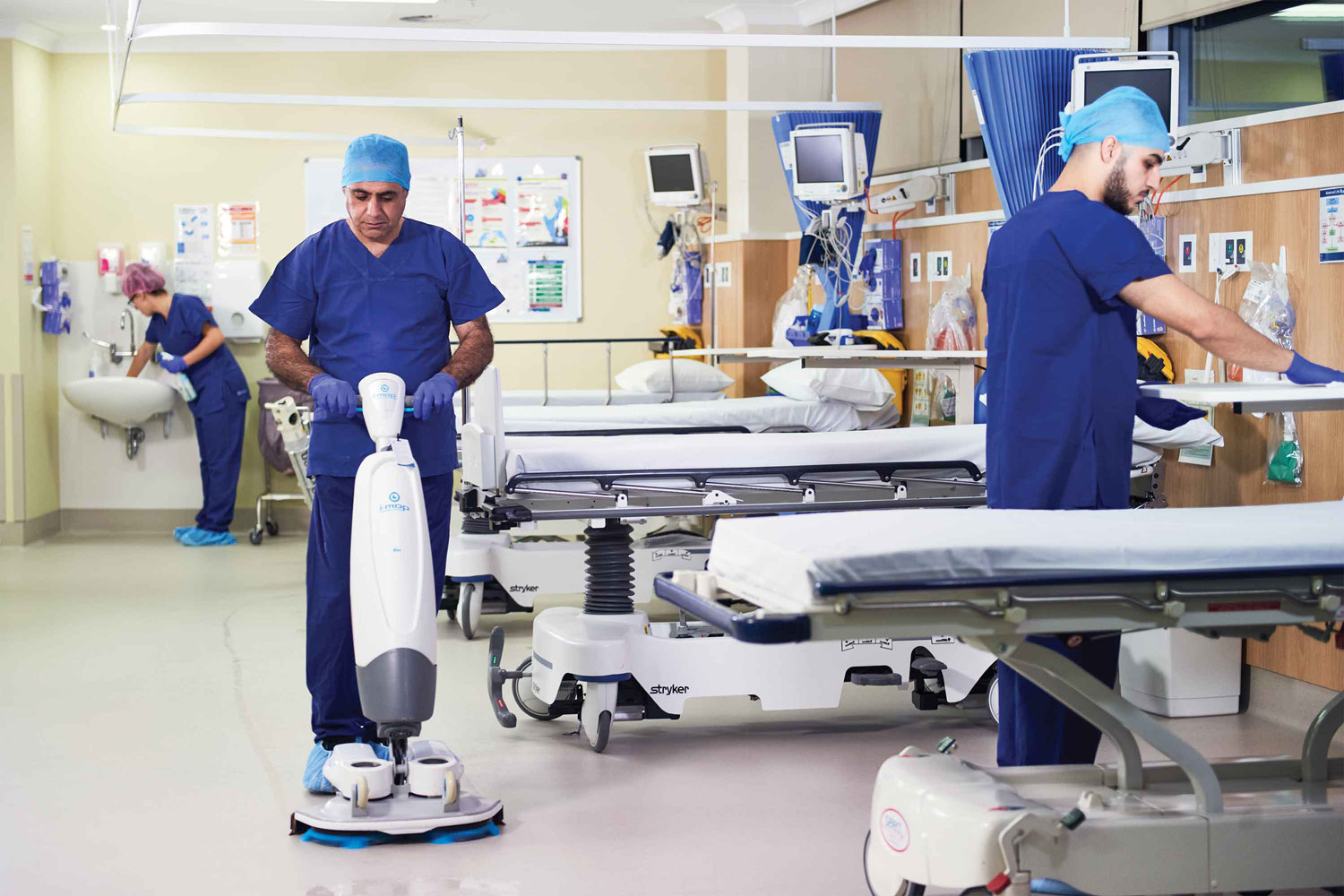The Internet of Things, commonly known as IoT, is a revolutionary technology that connects physical devices, vehicles, appliances, and other items to the internet.
Analytics
The capturing of data from all electrically aligned IoT sensors creates an information resource that when analysed by our electrical engineering specialists yields an opportunity for driving cost efficiency, reduced downtime and enhanced performance at all levels.
What is enabling this technological push is the deployment of SMART devices and infrastructure. Also, older devices can be retrofitted with sensors, joining them into the network of newer systems – all generating high volumes of data for analysis and then remedial, preventative or optimisation actions can be enacted. Examples of retrofitting sensors to older electrical infrastructure could be to monitor bus bar temperature, transformer temperature etc.
Major benefits are then found across all these key risk areas:
- Safety
- Uptime
- Energy Efficiency
- Operational Efficiency
- Compliance
Connected Devices “Things” Layer
Depending on the business or technical issue we are trying to resolve, a series of SMART connected devices and/or sensors are deployed to allow for the creation of interpretable pockets of information. Protocols for communication and connectivity of sensors are becoming common place and enabling the broad sensor installations we are starting to see today.
Edge Layer
The Edge layer is where we deploy the management software to collect, assemble and make sense of the many elements of data produced by the SMART connected devices and sensors which may be across many parts of the customer’s electrical infrastructure, which are also quite often geographically dispersed.
Deploying management and collection software at the Edge often addresses low latency when managing time sensitive data and helps with any data sovereignty issues when asset information cannot be allowed offshore.
Analytics and Service Layer
This layer is where data is analysed and transformed into actionable information and services that can drive real business benefits and solve real business issues. Analysis can be done by the Servcore Engineering team or the systems can be deployed so the customer’s own team can analysis and drive improvements.
As analytics and AI software models develop, we will continue to see more automation in the production of recommendations. ARA | Servcore engineers can be involved or we will train our customer’s people to make sense of the data and predict issues before they occur.


